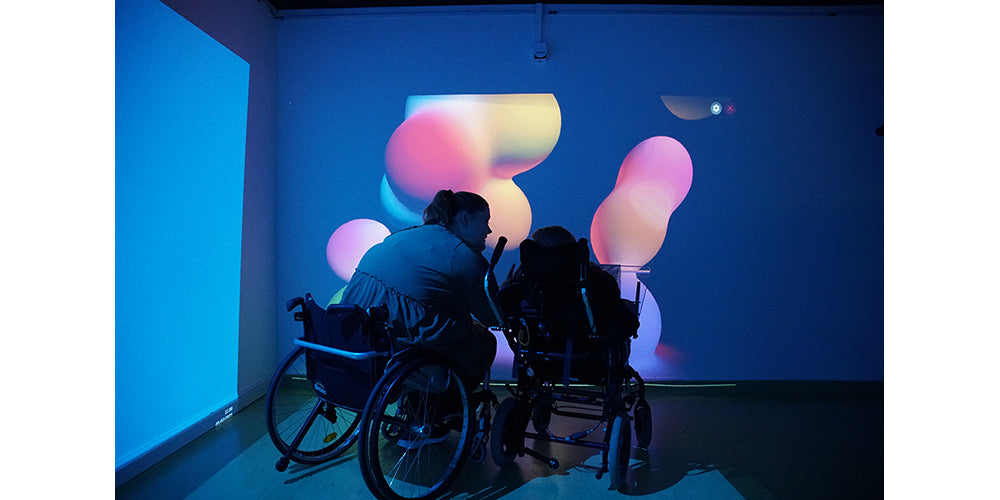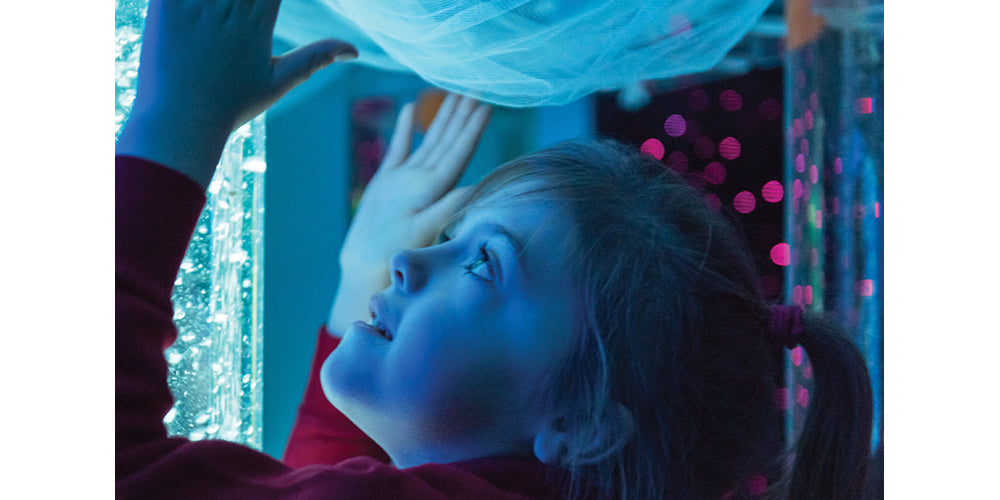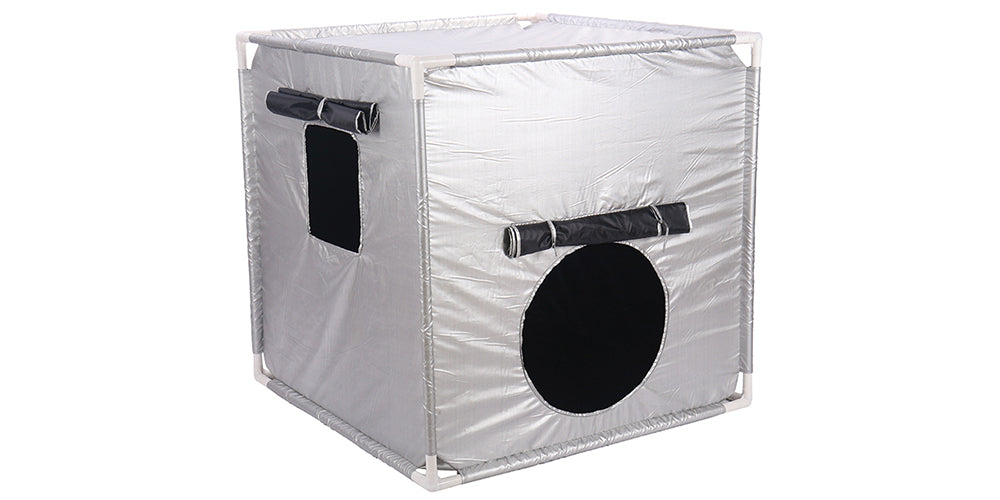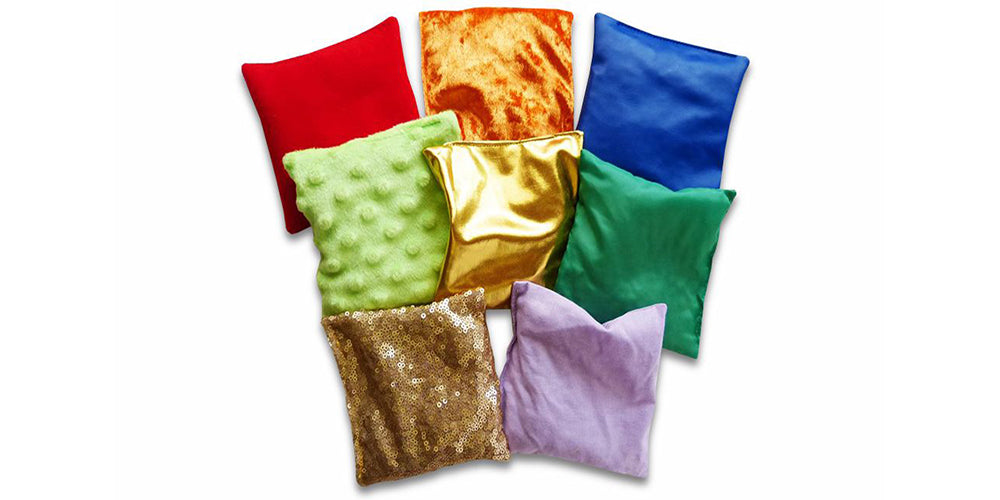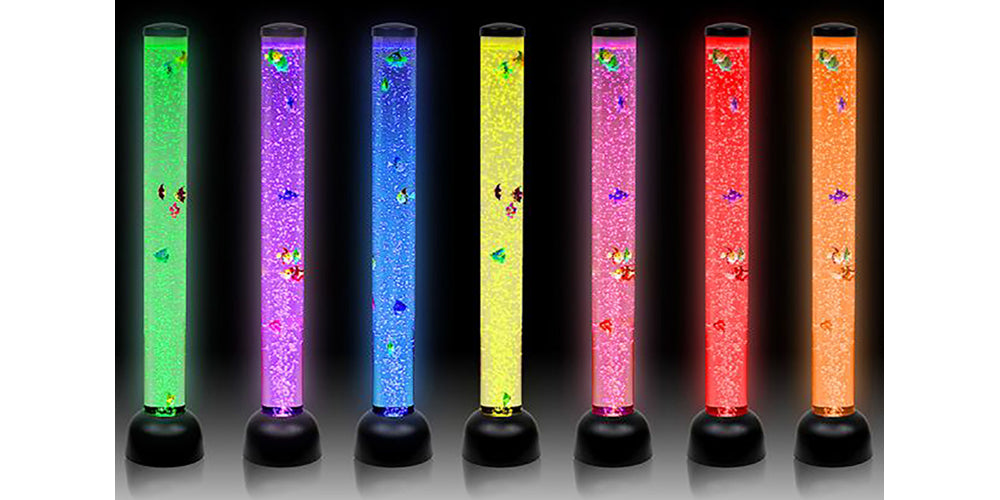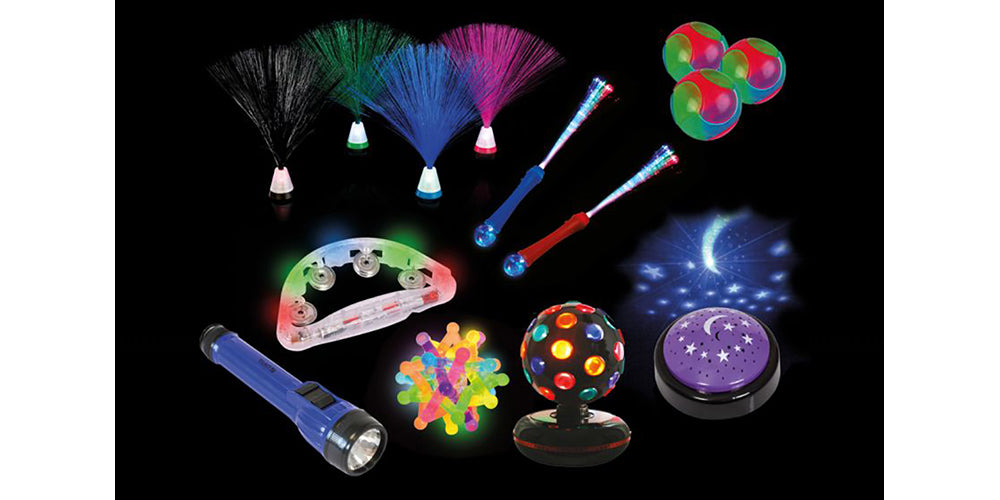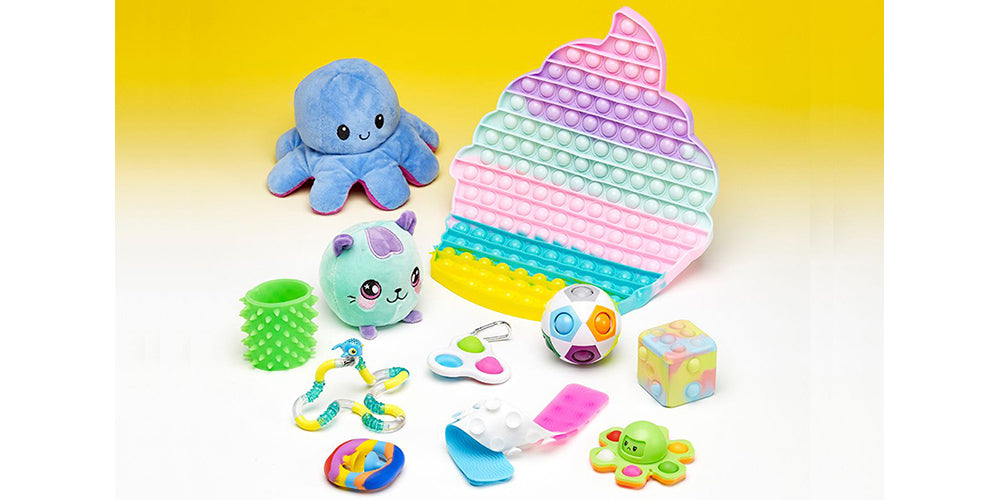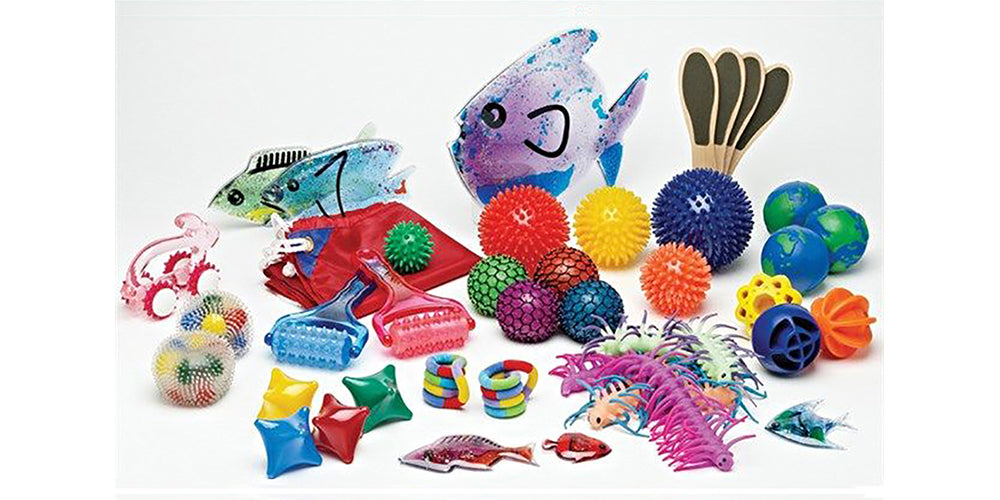Imagine a classroom buzzing with activity. For some students, this might be a stimulating and engaging environment. But for others, the sights, sounds, smells, and textures can be overwhelming. This is where sensory processing comes in. It's the way our brains receive and interpret information from our senses. Learners with SPD may have difficulty processing this information, leading to a variety of responses.

